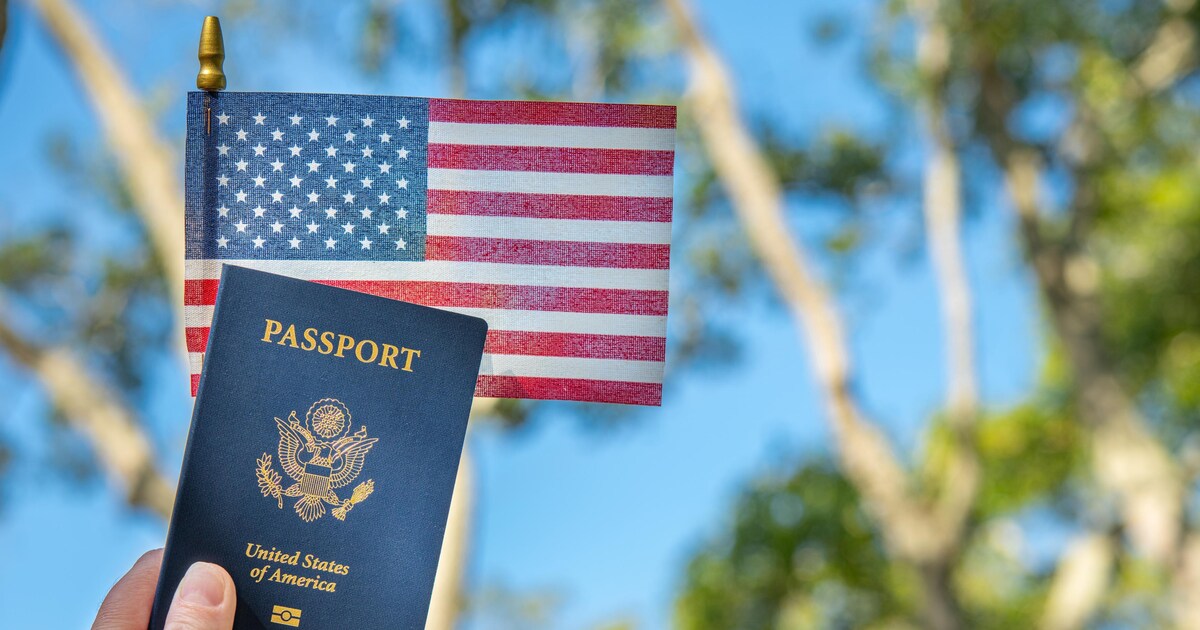Green card holders can travel abroad but face risks if they stay away from the United States too long. This article explains the basic rules, key documents, and how to protect your permanent residency status while exploring the world.
Green card travel rules explained: Re-entry permits, documents and limits

Key Takeaways:
- Extended Time Abroad Can Jeopardize Residency
- Re-entry Permits (I-131) Aid in Longer Stays
- Six-Month and One-Year Rules Influence Your Return
- Document Preparation Eases Entry at U.S. Ports
- Abandonment of Residency Can Occur with Prolonged Absences
Overview of Travel Rules
Green card holders enjoy the freedom to travel overseas, but it is crucial to understand the residency requirements. While traveling for family visits, work assignments, or vacations, green card holders risk losing permanent resident status if they remain outside the United States beyond certain periods.
Time Limits and Potential Risks
Maintaining a U.S. green card hinges on the length of overseas stays. The so-called “six-month rule” and “one-year rule” refer to time frames after which the U.S. government may question a traveler’s intent to live permanently in the United States. Exceeding these durations can lead to scrutiny upon return, and in some cases, authorities may consider the stay as evidence of abandoning residency.
Re-entry Permits and Required Documents
For extended trips, applying for a re-entry permit (Form I-131) helps demonstrate a commitment to U.S. residency. This permit can be useful when green card holders expect to remain abroad for a prolonged period and want to lessen the risk of being denied re-entry. Along with the permit, ensuring your passport, green card, and any supporting paperwork are in order simplifies the process at border control.
Proof of Ties to the United States
Regardless of trip length, it is always advisable to compile proof of strong ties to the United States. Documents showing ongoing employment, home ownership, or family connections can support your claim of permanent residence. When approaching a U.S. port of entry, presenting these details can reduce complications and reinforce your intent to continue living in the country.
By following the official guidelines and properly preparing for overseas travel, green card holders can manage their time abroad without jeopardizing their residency status.











